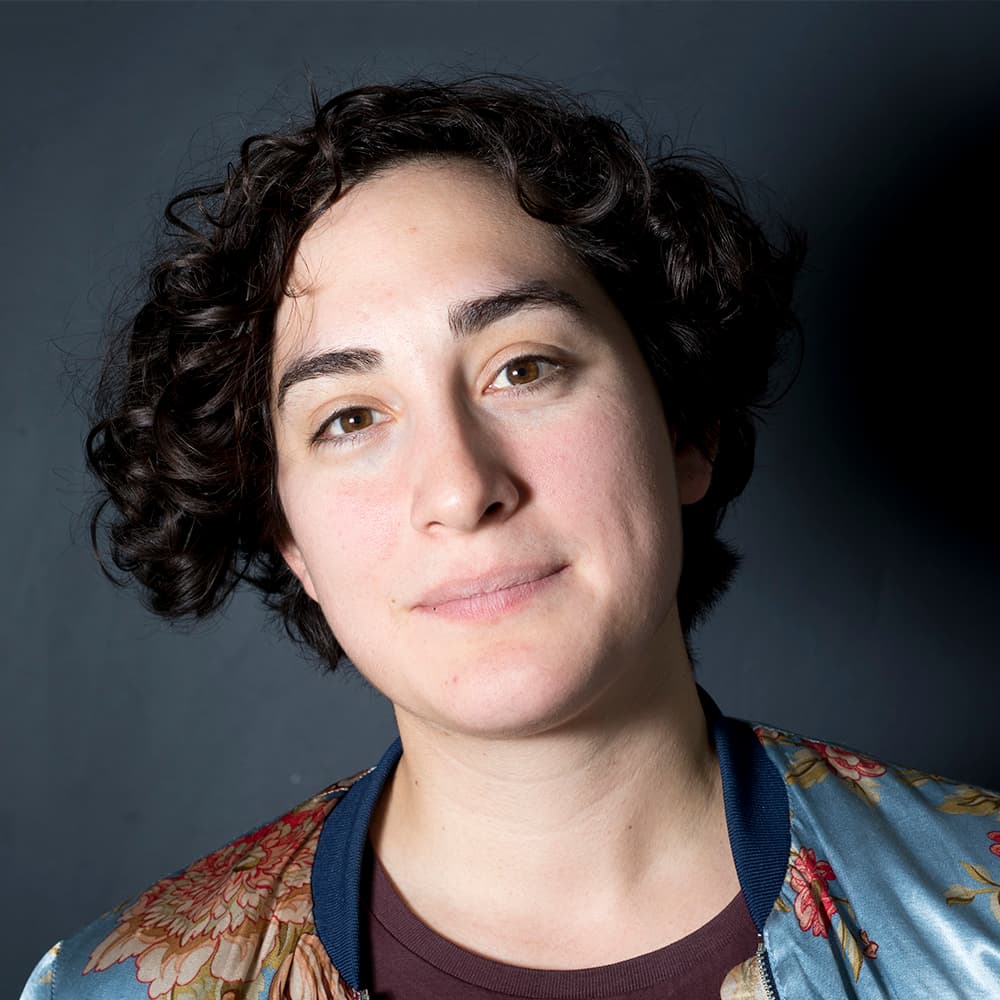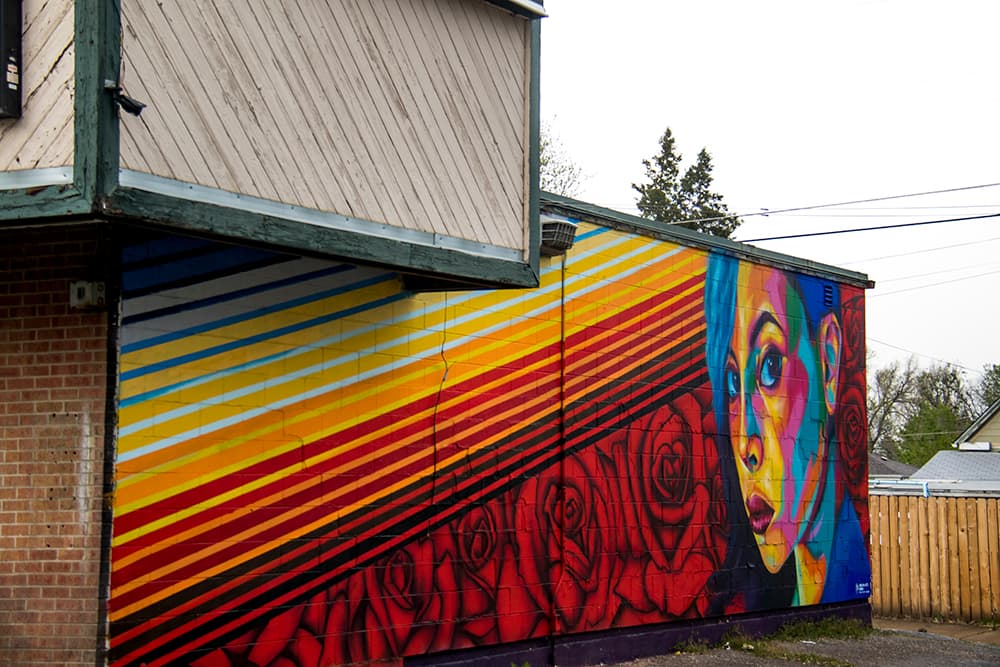
It's possible that your favorite piece of Denver's street art exists because of graffiti.
For about nine years, the Denver Urban Arts Fund has sought to combat graffiti hotspots by putting up art, with the additional goal of giving big, visible play to new artists. In this Chart of the Week, I looked at how the project is doing.
For the most part, neighborhoods that had a lot of graffiti reported in 2016 also had a higher number of DUAF projects. So the city neighborhoods that are currently dealing with graffiti do actually get art projects that help discourage tagging.
Locations of Denver Urban Arts Fund projects
Westwood, for instance, had the fifth most reported graffiti in 2016, and has 11 total DUAF projects. Resident Michelle Schoen says that the program has definitely helped the neighborhood's graffiti problem. But she says it also depends on the context of the project and whether it's a fit for the neighborhood.
"We had a really great mural of a Native American face done on the sides of one of our buildings. One of the gang crews came in and defaced it," she said. It depends on one, who the artist is that's doing it, and what is the context, because there are things that get messed up and things that don't."
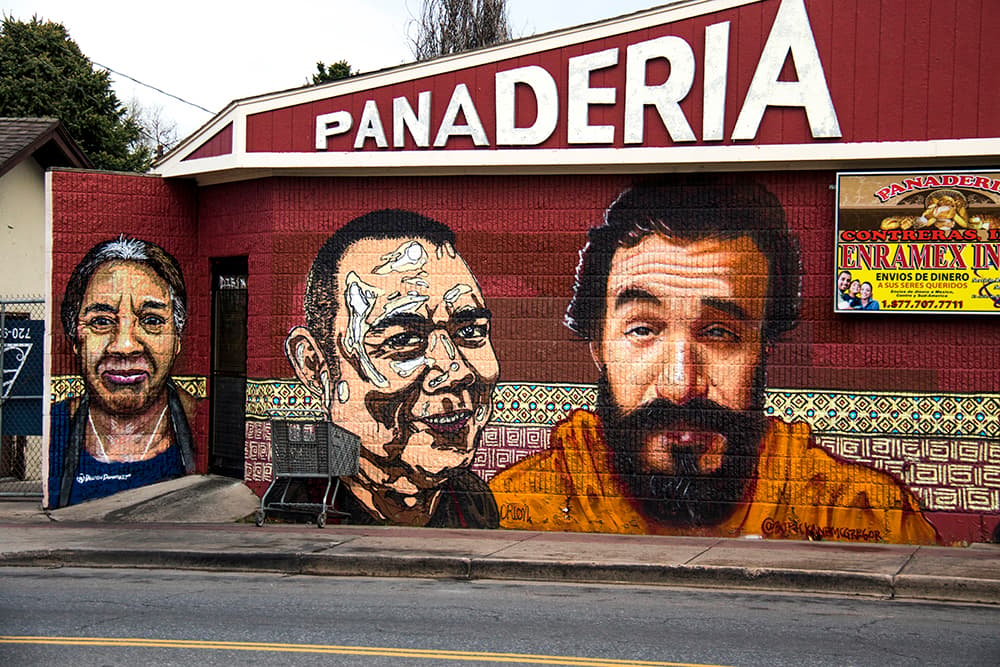
On the other hand, Capitol Hill had the second-most graffiti reported in 2016 and has no DUAF projects.
Public Art Manager Michael Chavez says that's because there aren't really applications that target that area, maybe because there isn't a lot of space. He says that DUAF is collaborating with city council members to bring more murals to areas that don't have many.
"It can't just be on the artist to find the spot because of course they want their mural to be in RiNo or they want it to be in these high visibility places where they'll be seen next to other artists, but there are plenty of spots in Green Valley Ranch, Montbello," Chavez said.
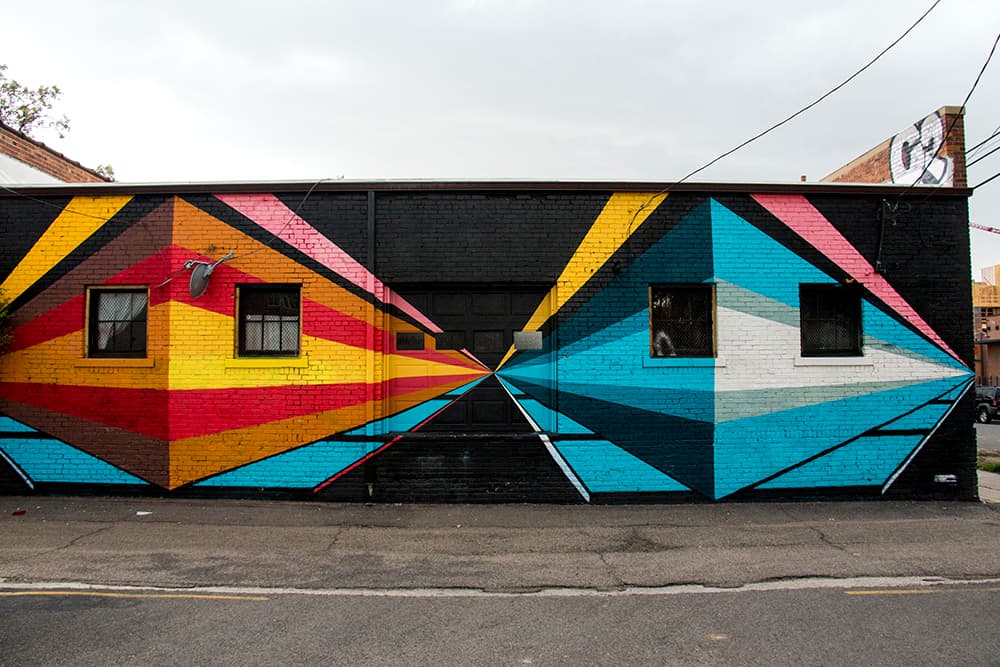
The DUAF is more than graffiti deterrence though, it also represents a great opportunity for artists. In fact, a goal of the program is just that -- to develop artists. The website even says that preference will be given to "first time applicants -- artists and organizations who have not received funding in previous years."
Chavez says that's their way of telling people in the community that they have a shot.
"A lot of people, they're like, 'I've never done a mural, I don't know if I could pull that off.' That's our entry point. Give us a call, we can help you figure out the logistics, but we want you to apply," he said.
Accordingly, 73 percent of the artists (community organizations and students were excluded in this count) have only one project under their belt. However, some of the artists have way more. Here's a look at the top six:
| Artist | Number of projects |
| YNIG | 11 |
| Jolt | 9 |
| Josiah Lopez | 8 |
| Bimmer Torres | 7 |
| Ratha Sok | 6 |
| Anthony Garcia/Birdseed Collective | 6 |
Chavez says some artists have ended up with more projects because in the early years, fewer people, and sometimes the same people, were applying for projects. Other artists help bring more people into the fold.
"Anthony [Garcia] is a collaborative artist. So we know that when he applies, it's not just going to be him working on something, he's worked with several dozen artists. He's brought artists into the process that wouldn't have done a project otherwise," Chavez said.
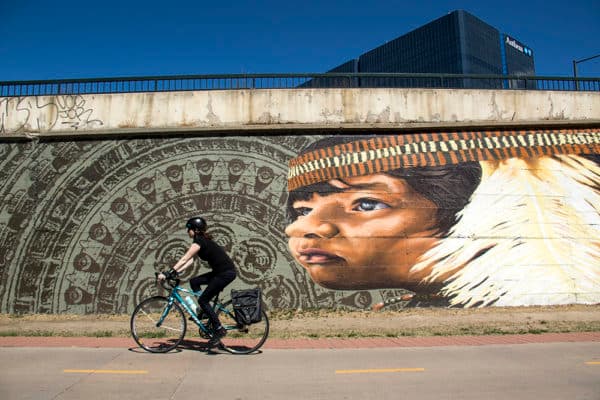
If the city is developing artists with this program, it's mainly developing male artists. Women are already underrepresented in the art world, plus painting out in public can mean street harassment.
And it's here that the DUAF scores the worst.
| Female artists | Male artists | Other | Unknown |
| 21.51% | 67.74% | 8.60% | 2.15% |
Chavez again notes that the DUAF can only award projects to people who apply. He adds that the DUAF does reach out to individual artists, like Gemma Danielle, who won a national award for her DUAF piece.
Still, even Danielle has said that murals are a male-dominated practice in an interview with local podcast Left Hand, Right Brain. She also mentioned an act of sexual harassment she dealt with during the project.
Methodology: The Denver Urban Arts Fund publishes information about the project on their website, and Denverite was directed there for information on the program. More than 120 projects were listed, some with multiple components, such as the project by Alexandre Orion at Cherry Creek, which has two murals. For purposes of this analysis, we used each project to determine the geographical distribution of DUAF work.
To determine the number of artists credited, Denverite again drew on the list published by the DUAF. Community organizations such as "North City Park Civic Assn." were excluded, as were student credits such as "Cleo Parker Robinson students. Gender was determined on the basis of preferred pronouns in previous coverage or artist websites. In teams that were entirely male or female, a single gender was assigned. In teams with mixed gender, other was the designation used.
